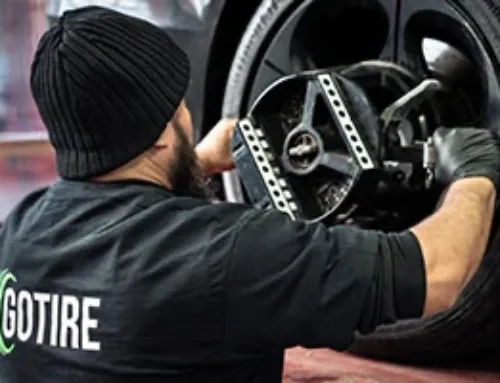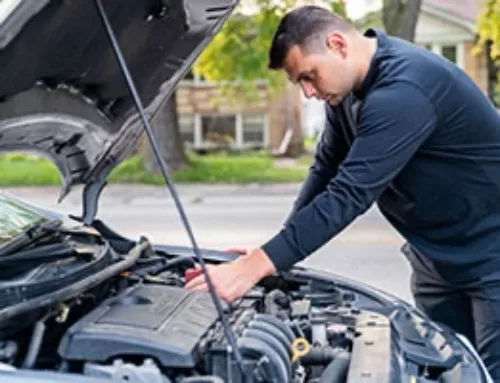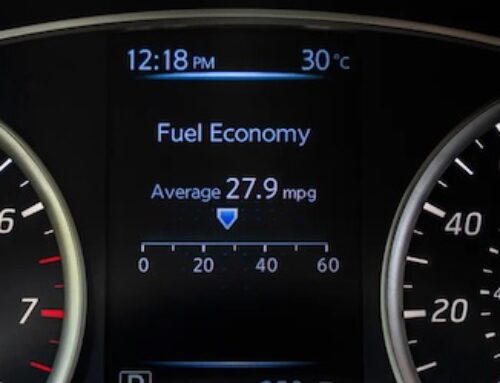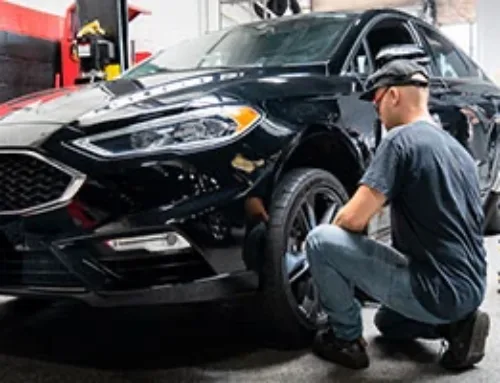Table of Contents
- Dashboard warning lights explained
- Types of car dashboard symbols
- Warning light colors
- Common symbols you should know
- Check engine light
- Oil pressure warning light
- Airbag warning light
- Tire pressure monitoring system (TPMS)
- Traction control system
- Anti-lock brake system
- Battery alert light
- Frequently Asked Questions
Today’s modern vehicles are incredibly good at diagnosing their own problems and telling us what’s wrong with them. But there can be a lot of confusing information given to drivers through the dashboard, and knowing how to interpret each symbol isn’t always easy. It can be tough to know which dashboard lights are alerting you to a serious issue that requires immediate attention or ones that are more benign. In this article, we explain some of the common dashboard lights and what you should do about them, if anything.
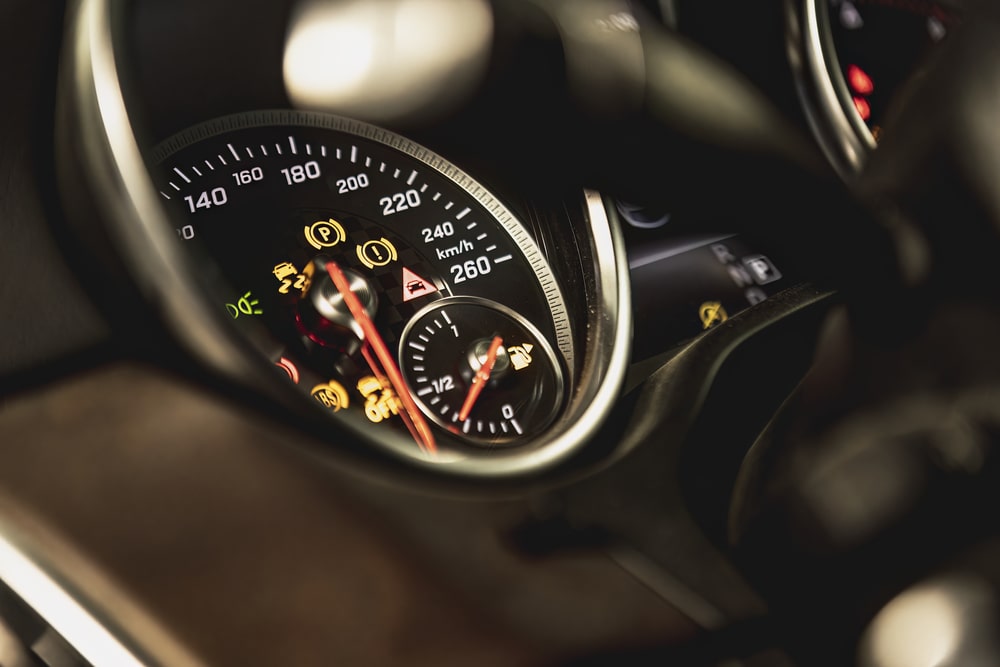
Dashboard warning lights explained
Your vehicle will alert you to all sorts of things, from a door that’s slightly ajar to a tire that is losing air pressure to an engine that needs servicing. Each time a vehicle starts up, many of the warning lights turn on for a brief moment, and it can be a little overwhelming.
Many drivers have completely ignored a warning light on their car’s dashboard for months or years because they are not sure what it means. Become fluent in dashboard warning lights so you can accurately interpret what’s urgent and what’s not.
Don’t let the best tire deals & tips roll by!
Sign up for our newsletter
Types of car dashboard symbols
There are a lot of specific dashboard symbols, such as the check engine light, the tire pressure light, the anti-lock braking system, and many more. Not all of them are a signal that your car needs some kind of immediate attention. Some are just for features such as lights, the parking brake, etc.
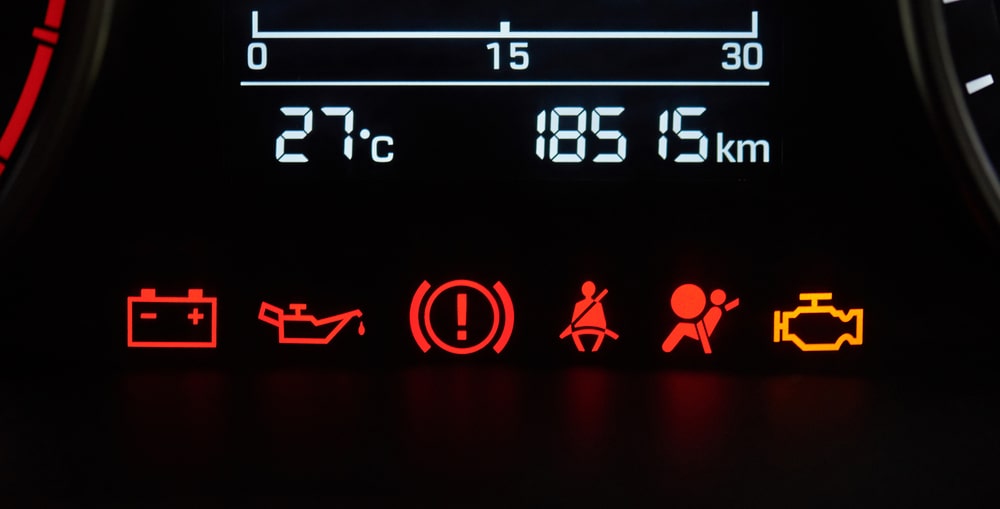
Others are for safety issues, such as the seatbelt light, the tire pressure monitoring light, and more. Safety symbols are important and should be addressed immediately, but for this article, we will focus on warning lights that indicate some kind of mechanical issue.
Warning light colors
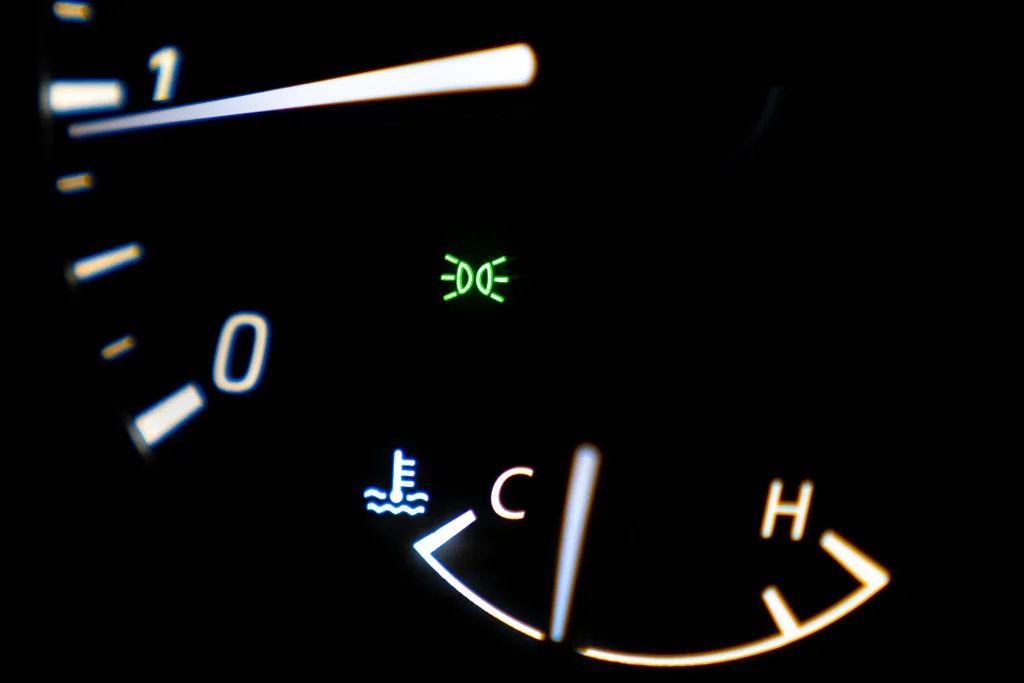
Typically a green or blue dashboard light only indicates that a particular feature is on and is functioning normally. These do not represent an urgent problem but instead are used for things such as your car’s headlights, fog lights, windshield wipers, etc.
An orange or yellow light is usually used to show that a particular part or system needs repair or that something is wrong. This is usually for things that don’t have such an urgent need, like the oil level running low, a headlight or brake light that has gone out, or a low fuel light. It’s not good to ignore these warning lights for too long, but they are not as urgent as red or blinking dashboard warning lights.
Red or blinking lights usually indicate a major problem. A blinking red light usually has an urgent tone. Some of these are a quick fix, such as a seat belt that’s not buckled or a parking brake that’s still engaged. Many other red or blinking lights are mechanical issues such as “Check oil pressure.”
Common symbols you should know
It would take a long time to explain every dashboard light, and it would be hard to remember all of them anyway. Instead, let’s focus on the more common ones that you’re likely to see and are important to know.
Check engine light
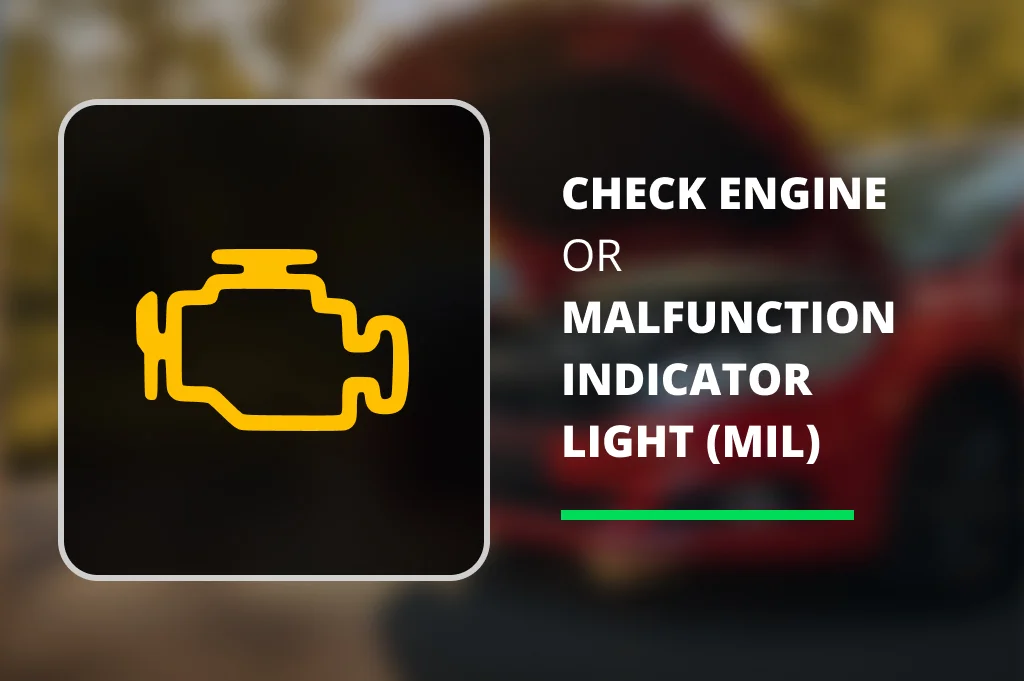
Many people are terrified of this light, but there might not be any need to panic just yet. This warning light can mean a lot of different things, not all of them being an urgent need. This light can turn on for little things, such as having a loose fuel cap, but it can also be something much more urgent such as an overheating engine.
Action to take:
If your vehicle is driving oddly and making strange noises, it’s best to pull over as soon as possible and call a tow truck to your local mechanic. However, if the car seems to be driving fine and there are no obvious problems, it’s probably ok to drive to a nearby auto repair shop and have a technician take a look at it.
Oil pressure warning light
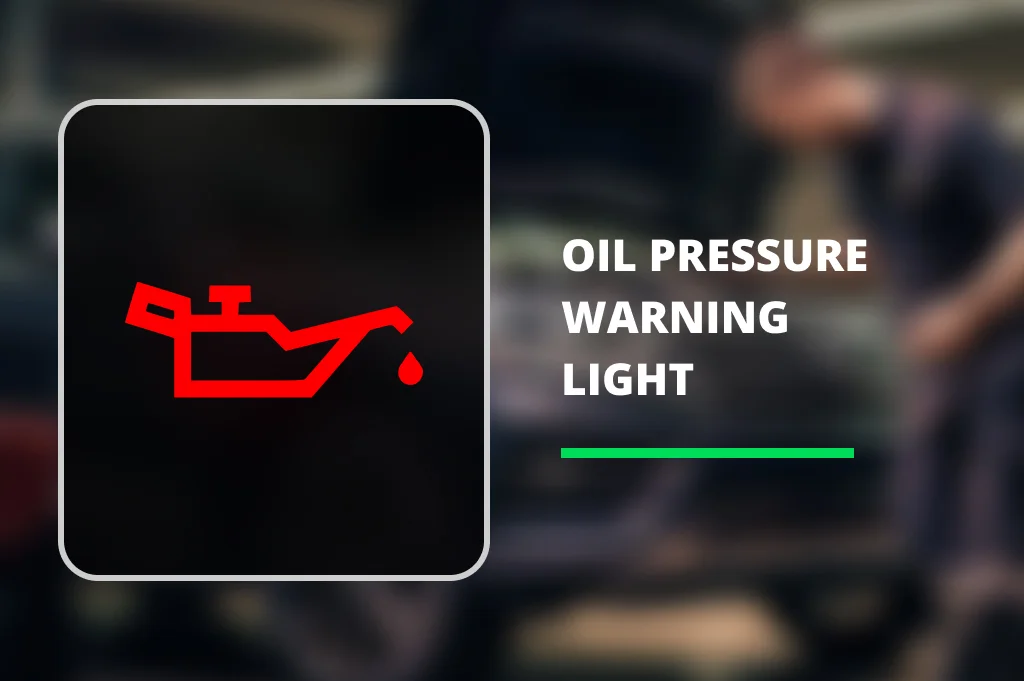
This warning light can turn on for one of two reasons. Either your engine is running low on oil, or there is a problem with the oil pressure, and the fluid is not being pumped around the engine correctly.
Action to take:
If the engine has experienced an oil fluid level drop, then you might have an oil leak. It’s best to pull over, let the engine cool off for a little bit and then check the oil level by consulting the dipstick. If your oil is low, you might just need to add more oil. However, if your oil level is fine, it might be a more urgent problem with the oil pressure. If this is the case, then it’s best to take it to a mechanic immediately. Do not run the engine to avoid critical internal damage!
Airbag warning light
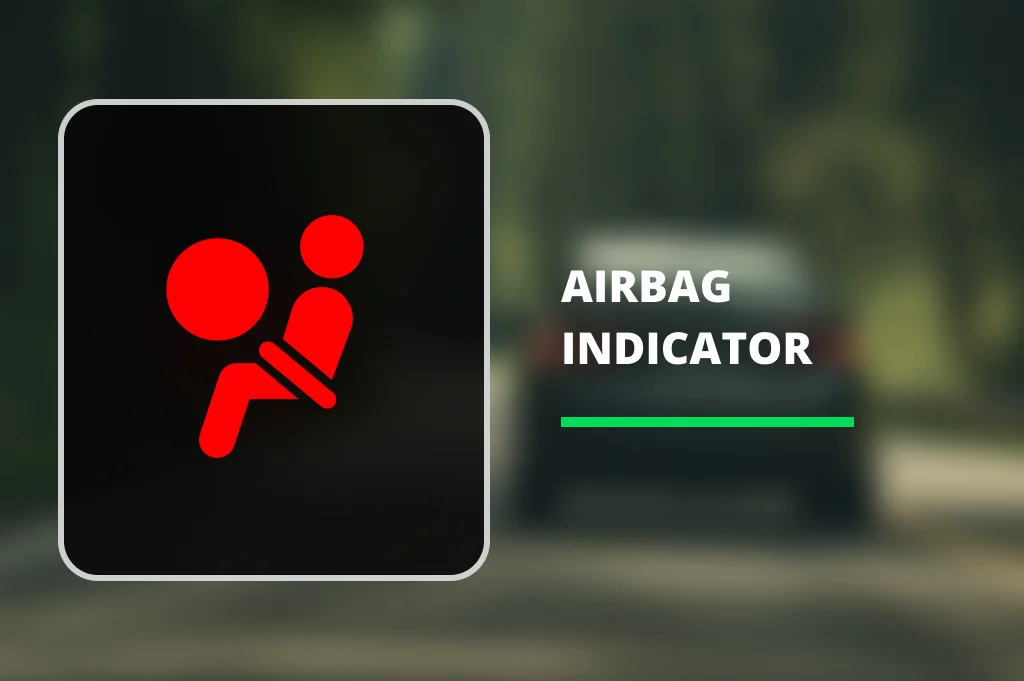
If you see this symbol light up, it means that there is an issue with one or more of your airbags. This is a serious safety issue as an airbag can save your life in the event of a crash.
Action to take:
If this is the case, it’s best to avoid driving until you’ve had a chance to have a technician inspect your vehicle’s airbags.
Tire pressure monitoring system (TPMS)
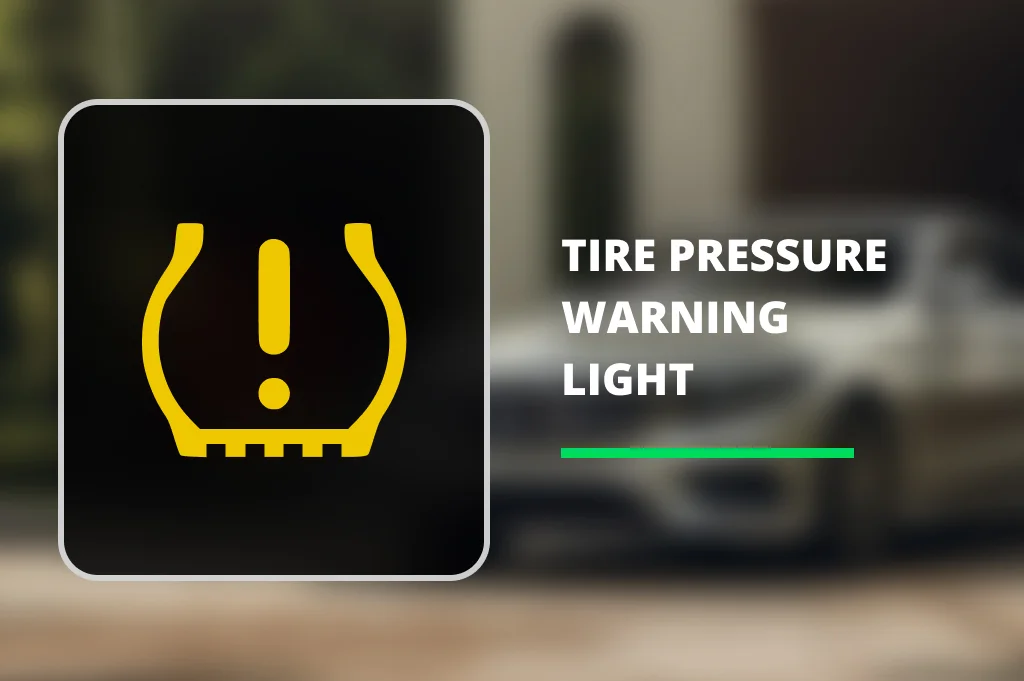
This symbol, which is a side view of a tire that is low on air with an exclamation point in the middle, indicates that one or more of your tires has incorrect air pressure. Usually, this means low air pressure, as even brand-new tires will slowly leak air over time.
Action to take:
Most of the time, this is not the most urgent need, but you won’t want to drive with low tire pressure for too long. Putting air in your tires is a simple and easy process you can do at any gas station. However, if your TPMS light has come on, it may mean that you have a significant leak and will have a flat tire soon. If you think that you have a flat, it’s best to pull over and take a look. If so, you can put the spare tire on or call a tow truck.
Traction control system
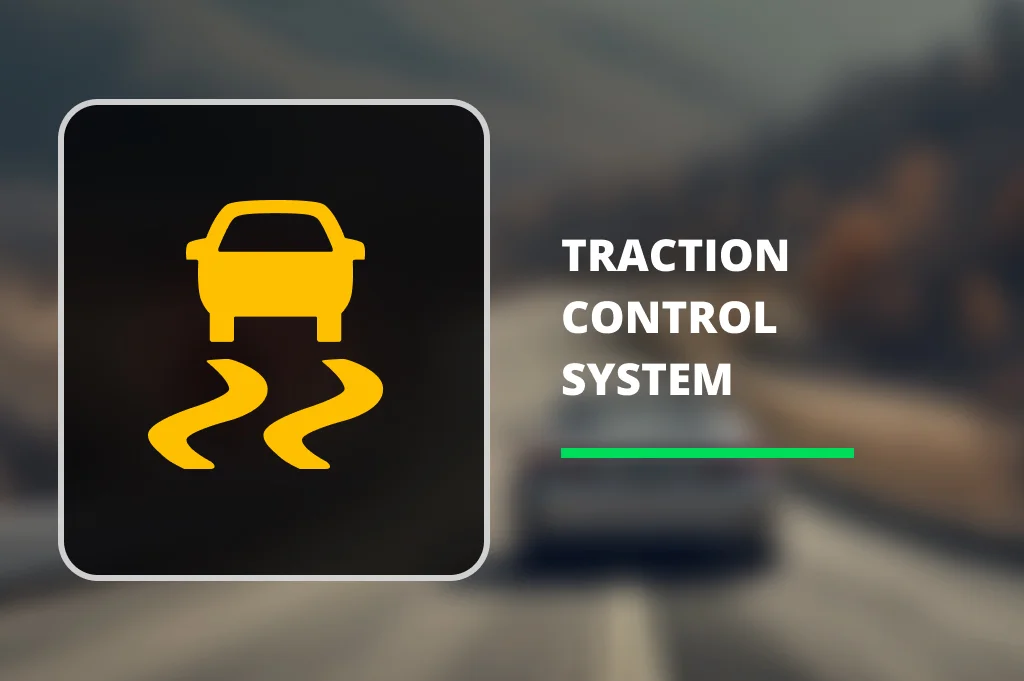
Your traction control system is responsible for your vehicle’s traction control or its ability to grip the road. Traction control became a standard system in all new cars manufactured since 2012, and it is always on unless specifically turned off or if there is a problem.
Action to take:
If you see this light on your dashboard, it probably means that something is wrong with one of the sensors in the wheel. This is an advanced safety feature made for driving in low-traction situations such as on snow or ice. It’s not an urgent need to get it serviced if your driving under normal conditions, but don’t wait too long to get it checked out!
Anti-lock brake system
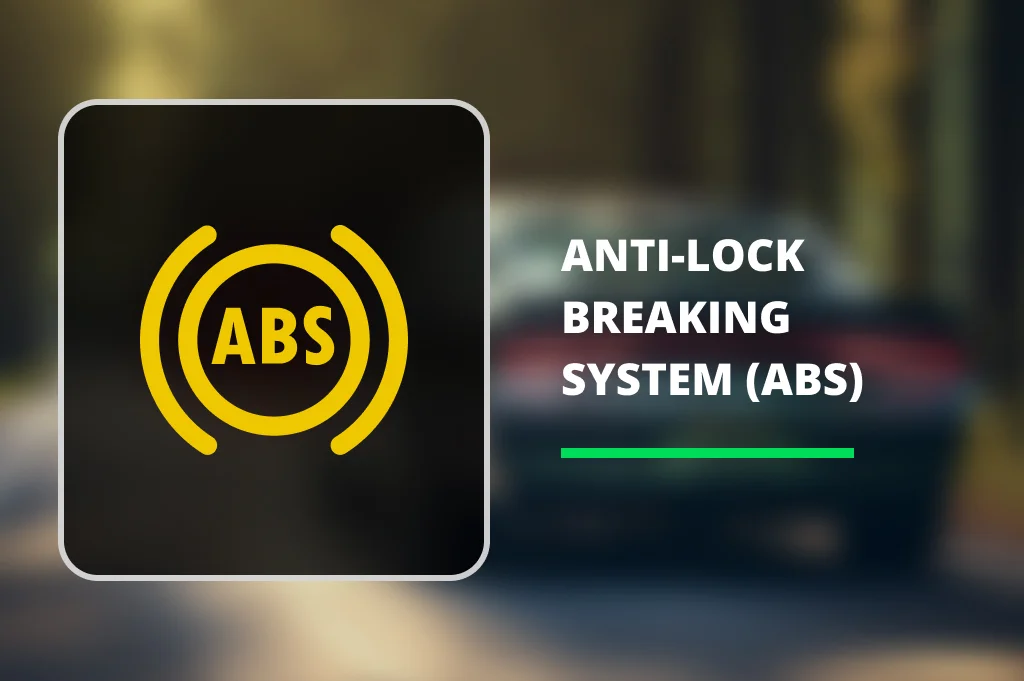
The anti-lock brake system, known as ABS, prevents each wheel from locking up when the brake pedal is pressed hard. If the brake pads lock up, it can turn the vehicle into a dangerous spinning motion.
Action to take:
If this light comes in, it means that there is an issue with the brake system, and it’s best to have a technician take a look at your brakes at the first possible opportunity.
Battery alert light
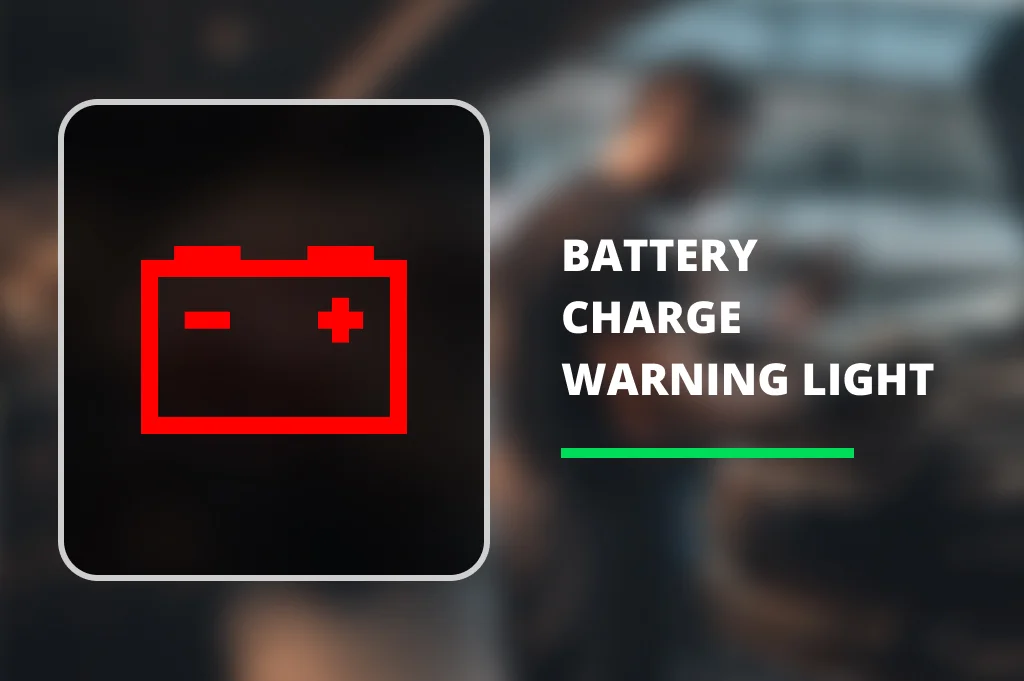
This warning light means that your battery is having difficulty charging. The battery should charge automatically while driving thanks to the alternator. So if this light is on, it usually means there is an electrical issue, such as a faulty wire or a problem with the alternator.
Action to take:
You might have a dead battery soon if you’ve seen this on your dashboard. It’s good to be prepared with a set of jumper cables for emergencies. However, you will probably need to have an expert look at it eventually and may need to have the battery replaced.
Frequently Asked Questions
What is the most common dashboard light to turn on?
This depends on many factors, and it’s tough to say which is the most common. Based on your driving habits, your car’s age, and how well it’s maintained, it could be anything from the check engine light to the low fuel light.
Do all warning lights require urgent action?
Certainly not. As mentioned before, many warning lights, especially yellow or orange ones, indicate that there is an issue that needs to be addressed soon but is by no means urgent. However, it’s not good to completely ignore a warning light and it should be brought to an auto repair shop or technician eventually.
Can a single person fix a check engine light at home on their own?
As mentioned above, a check engine light could turn on for a multitude of reasons. It’s a good idea to check over some possible issues, such as a loose fuel cap, before deciding that a professional needs to see your vehicle.


